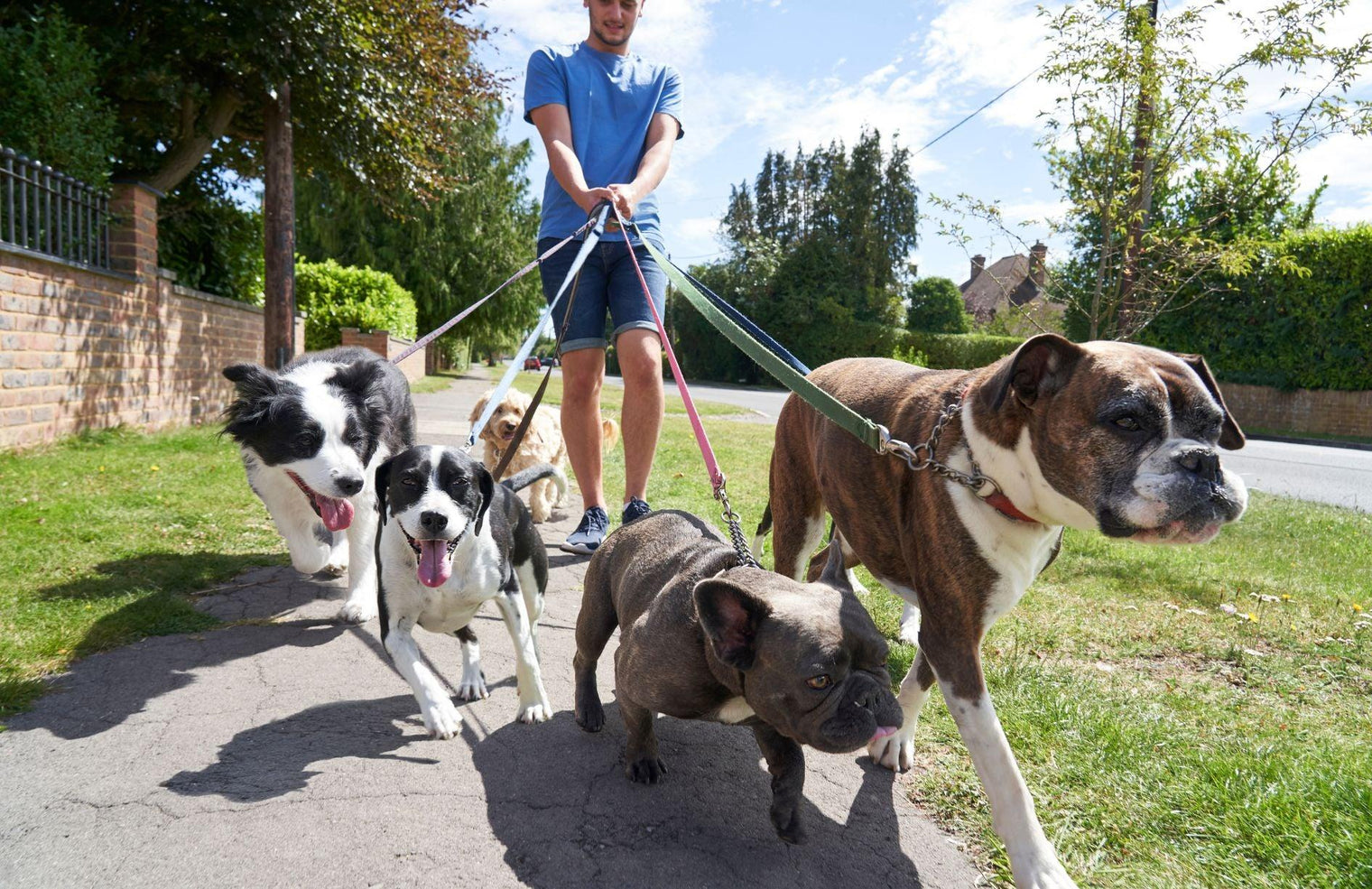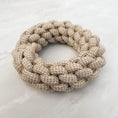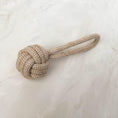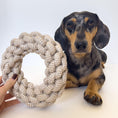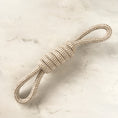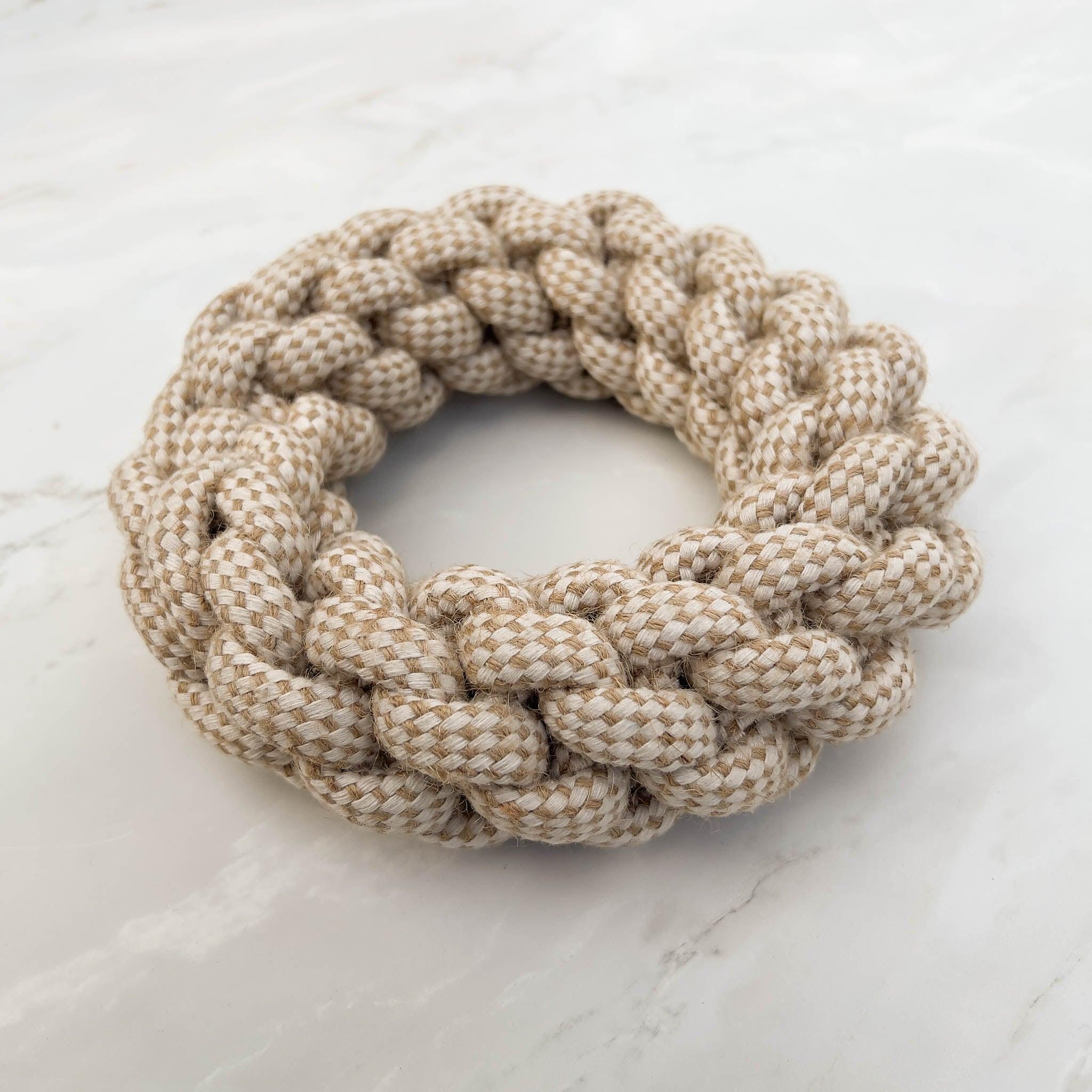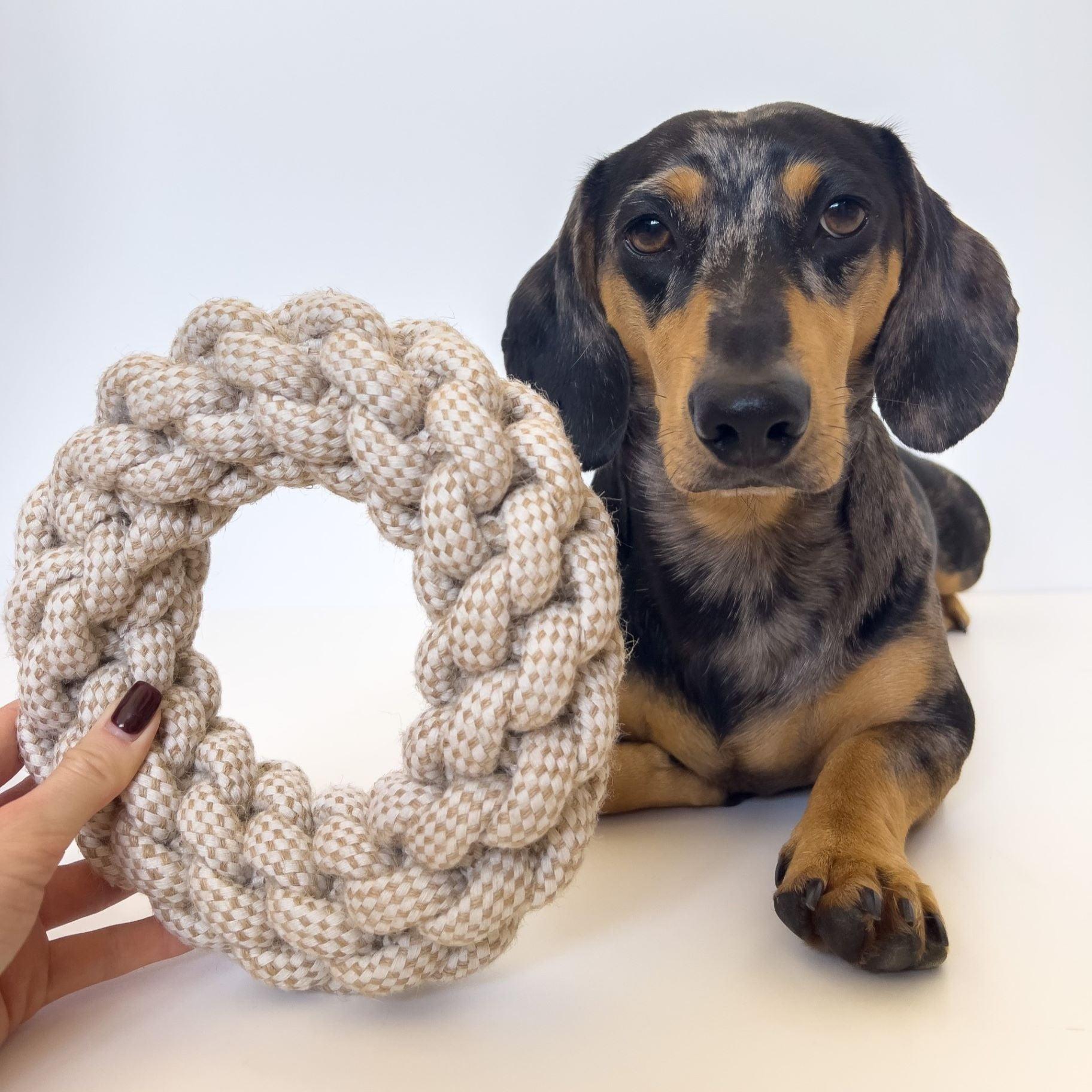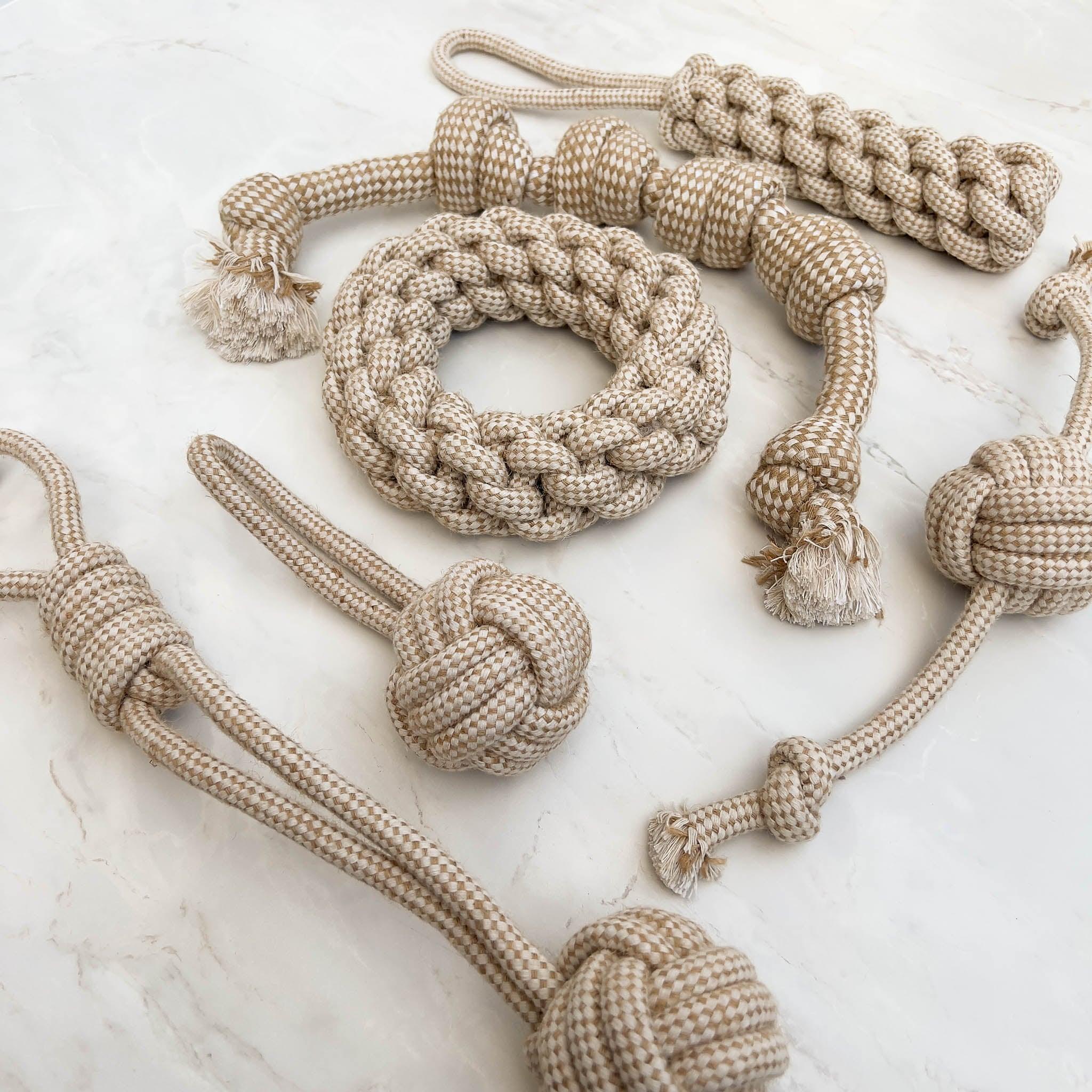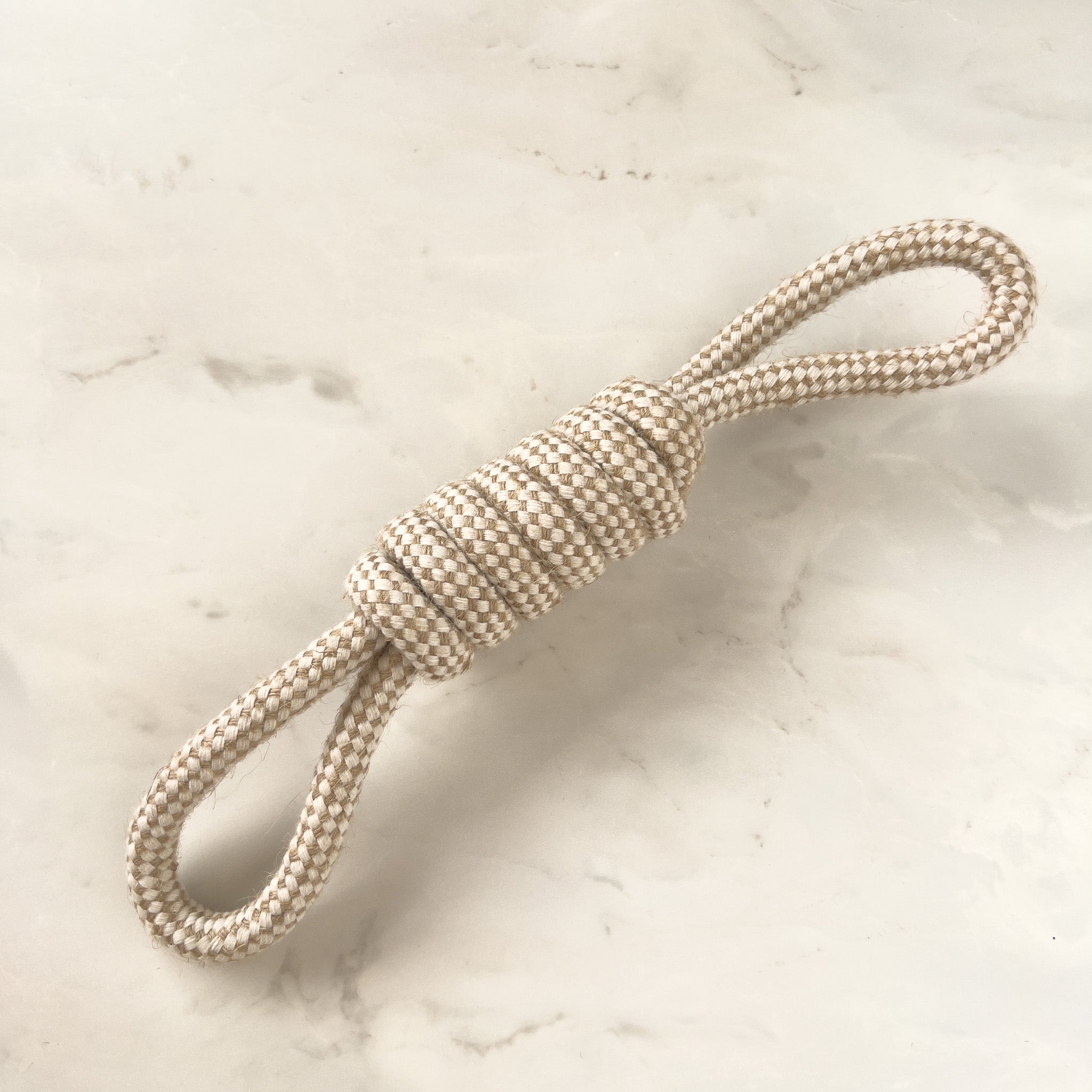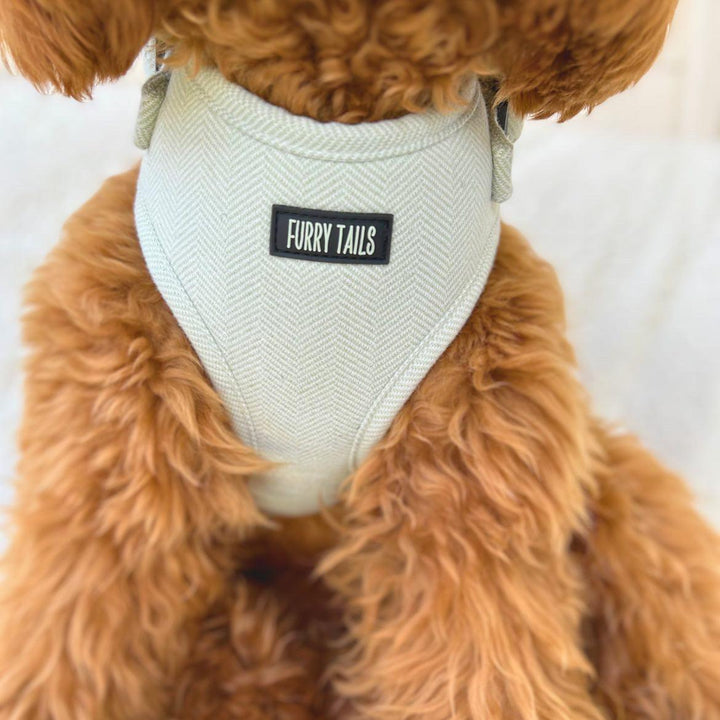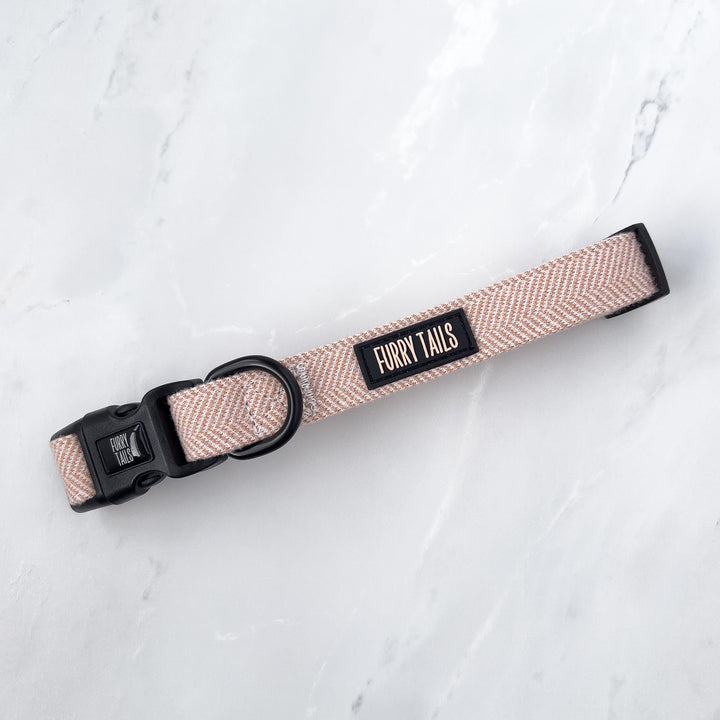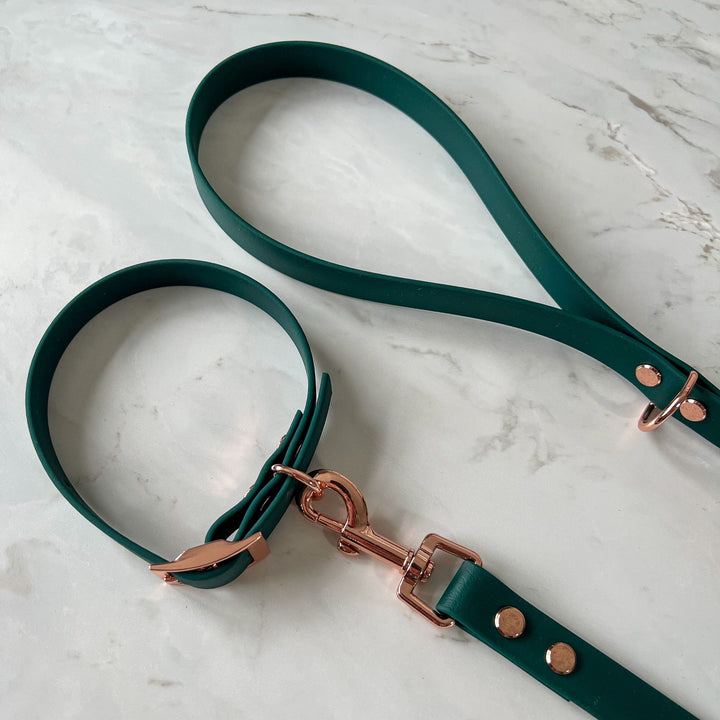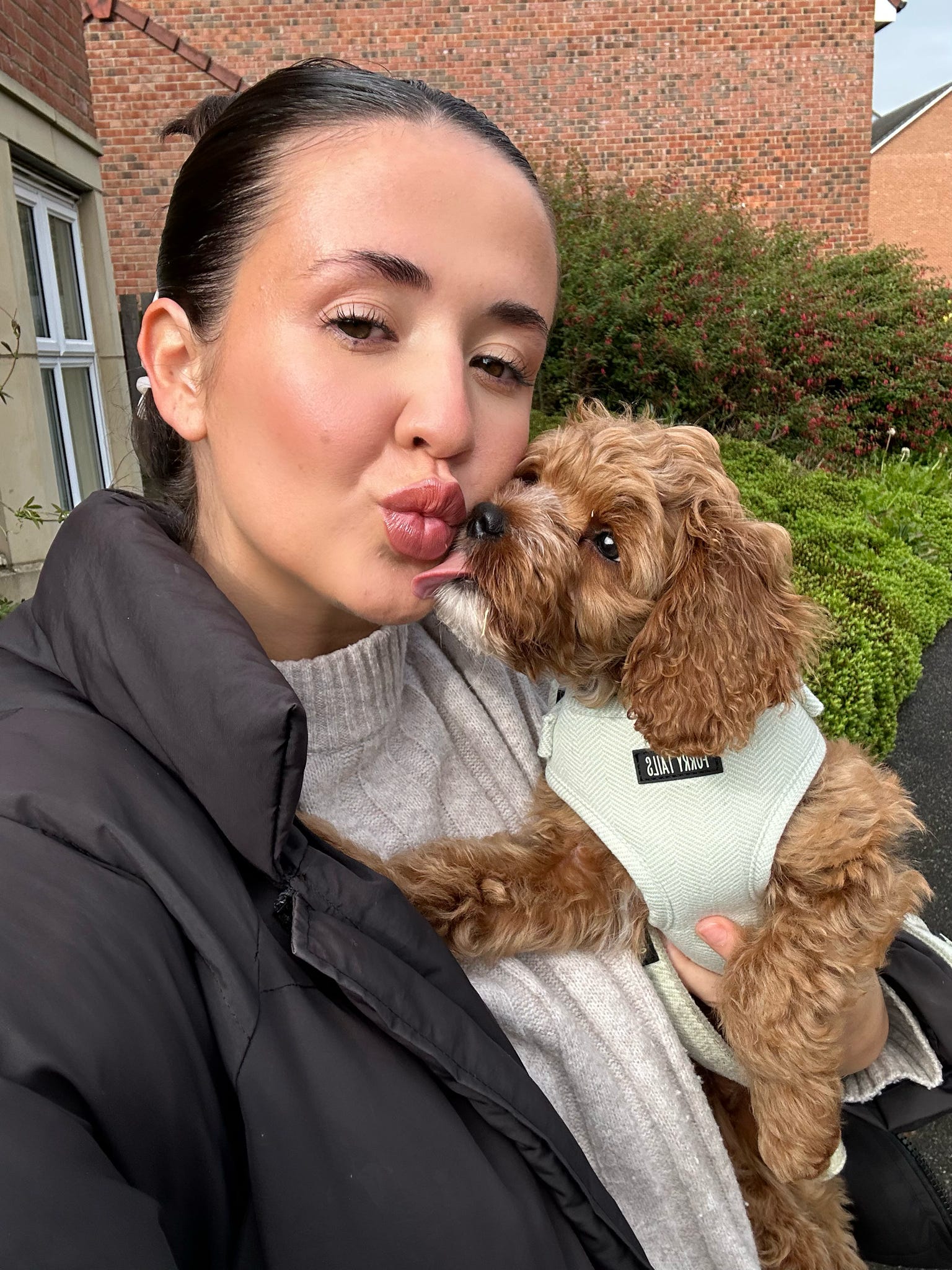As any seasoned dog owner can attest, our beloved four-legged companions can display behaviours that, although perplexing to us, are completely natural to them. At Furry Tails, we're all about helping you understand your dog's world better. In today's blog post, we'll unravel the mystery of why dogs pull on their leads. So grab a cuppa, settle in, and let's get started.
Dog Behaviour 101
In the realm of dog behaviour, it's crucial to recognise that our furry friends are not small humans in dog suits. Their actions and reactions are driven by a combination of genetics, environment, and learned behaviour. As humans, we communicate primarily through language. Dogs, on the other hand, communicate primarily through body language and action - including how they behave on their lead.
The Riddle of Lead Pulling
Now, let's talk about lead pulling. If you've ever had your arm practically ripped off because your dog spotted a squirrel or smelled something intriguing, you've experienced lead pulling firsthand. So why do dogs exhibit this behaviour?
Unravelling the Reasons
Understanding the "why" behind this behaviour requires a walk in your dog's paws. Here are some common reasons:
-
Exploring Instincts: Dogs have an innate curiosity about the world around them. Their exceptional sense of smell means every lamp post, tree, and blade of grass is a potential treasure trove of exciting scents. This natural exploration drive can often result in pulling on the lead.
-
Asserting Dominance: In some cases, a dog may pull on the lead to assert control over the walk's pace and direction, possibly indicating a lack of established leadership from the human end of the lead.
-
Excitement and Overstimulation: The great outdoors is a sensory banquet for dogs, leading to overexcitement. This can result in rapid pulling towards whatever has caught their attention.
-
Fear and Anxiety: Just like us, dogs can feel fear and anxiety. A nervous dog might pull on their lead to retreat from something they find threatening.
Impact of Lead Pulling
The consequences of lead pulling can be quite serious. For dogs, it can lead to neck and spine injuries, and breathing difficulties, especially if they're wearing a poorly fitted collar. For owners, there's the risk of being yanked off balance or worse. So, how can we mitigate these risks?

Choosing the Right Equipment
A crucial first step is choosing the right equipment. Your choice of dog lead and collar/harness can significantly influence your dog's behaviour. Our comprehensive guide on choosing the perfect dog collar is an excellent place to start. Additionally, our range of adjustable harnesses can help keep your dog comfortable and secure during walks.
Training to Stop Lead Pulling
Training is an effective solution for curbing lead pulling. Here are some techniques to try:
-
Stop When They Pull: If your dog starts to pull, simply stop walking. This teaches them that pulling won't get them anywhere.
-
Reward Calm Behaviour: If your dog is walking nicely by your side, reward them with treats or praise. Reinforce the idea that walking without pulling is beneficial.
-
Use Penalty Yards: If your dog pulls, reverse your direction, effectively adding "penalty yards" to their walk. This strategy helps your dog understand that pulling leads to longer and more tiring walks.
Check out our blog post on dog training cues for more advice on training.
When to Seek Professional Assistance
If lead pulling continues despite your best training efforts, it may be time to seek help from a professional dog trainer. Trainers have a wealth of experience in addressing various behavioural issues, including lead pulling.
Benefits of Correct Lead Behaviour
Correcting lead pulling offers numerous benefits. Walks become more enjoyable and less of a physical workout for you. Your dog will be safer, less likely to break free and run into dangerous situations. Not least, your bond with your dog strengthens as you spend quality time together on peaceful walks.
Final Thoughts
Our journey into understanding why dogs pull on leads reveals that each dog is unique and may require a tailored approach. Patience, consistency, and positive reinforcement are your best friends in this training endeavour.
Join the Conversation
We'd love to hear about your experiences dealing with lead pulling. Do you have any tips or stories to share? Feel free to comment below. Also, don't forget to check out our wide array of collars and leads designed to make walks more comfortable for both you and your furry friend.
Looking for more advice on all things dogs? Sign up for our newsletter for the latest tips, product releases, and more. And remember, whether it's figuring out the best collar material for your pup or dealing with behavioural issues, we're in this together, navigating the fascinating world of dog behaviour, one paw step at a time.
